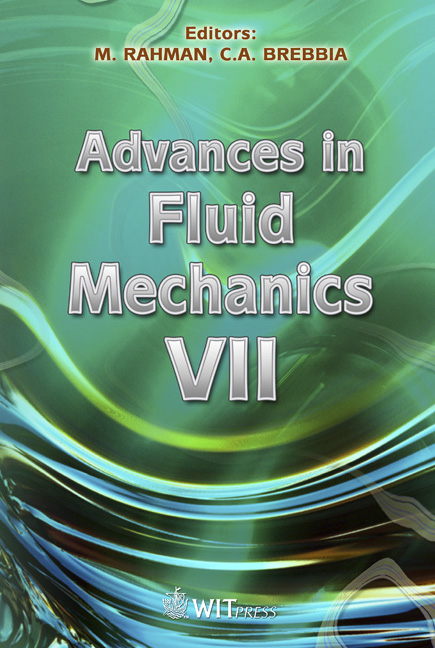Evaluation Of Diffusion Models For Airborne Nanoparticles Transport And Dispersion
Price
Free (open access)
Transaction
Volume
59
Pages
10
Page Range
111 - 120
Published
2008
Size
377 kb
Paper DOI
10.2495/AFM080111
Copyright
WIT Press
Author(s)
F. Morency, S. Hallé, L. Dufresne & C. Émond
Abstract
The diffusion coefficient is a property that plays a significant role in the transport of airborne nanoparticles. However, there seems to be no general agreement in the literature on the most appropriate model to use for nanoparticle numerical simulations to be used in risk exposure assessments. This paper begins by presenting a brief review of some of the main models for small particles diffusion. A general dynamic equation for aerosol transport is briefly discussed next. Since the particle diffusion coefficient can be expressed in terms of a friction coefficient, three relationships are then presented and their influences on the friction and diffusion coefficients are considered for the particular case of TiO2 nanoparticles. Although, all the models studied here predict a decrease in the value of the diffusion coefficient with increasing particle diameter, some significant variations can be observed between the models. A specific diffusion model, chosen between those studied, is finally applied to estimate the purge time of airborne TiO2 nanoparticles in a simple closed space the size of a glovebox. It is shown that the sedimentation and the diffusion processes do not play a major role in the evaluation of the purge time. Keywords: nanoparticles, diffusion, sedimentation, numerical simulations, titanium oxide, purge time. 1 Introduction The evaluation of the potential risks associated with the inhalation of nanoparticles is a question which currently worries many researchers [1]. The
Keywords
nanoparticles, diffusion, sedimentation, numerical simulations, titanium oxide, purge time.





